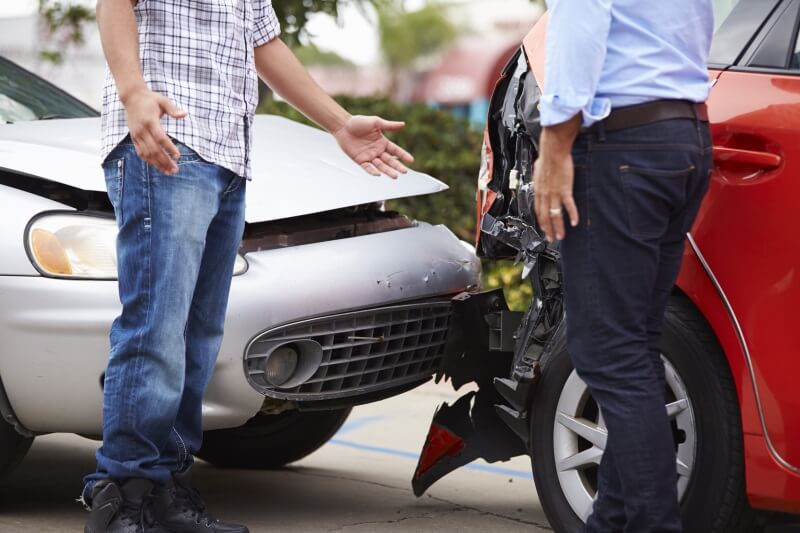What is a concussion and what are common symptoms?

What is a concussion?
A concussion is a type of mild traumatic brain injury (mTBI) caused by a blow, jolt, or impact to the head or body that results in the rapid movement of the brain within the skull. This movement can cause chemical changes in the brain and temporary or, in some cases, lasting damage to brain cells.
What are common symptoms of a concussion?
- Headache: This is the most common symptom and can range from mild to severe.
- Confusion or disorientation: A person may be unsure of their surroundings, have difficulty remembering events, or experience mental fogginess.
- Dizziness or balance problems: Individuals may feel unsteady on their feet or have difficulty maintaining their balance.
- Nausea or vomiting: A concussion can cause an upset stomach, leading to nausea or vomiting.
- Sensitivity to light and noise: Bright lights and loud noises may cause discomfort or exacerbate other symptoms.
- Sleep disturbances: A person may experience difficulty falling asleep, staying asleep, or may sleep more than usual.
- Fatigue or drowsiness: Feeling tired and lacking energy is common after a concussion.
- Emotional changes: Irritability, sadness, anxiety, or mood swings may occur.
- Memory and concentration problems: Difficulty remembering new information or focusing on tasks can be a symptom of a concussion.
- Ringing in ears: Tinnitus, which is the perception of ringing, buzzing, or hissing sounds in the ears, can be a common symptom of a concussion.
- Slurred speech or difficulty speaking: Concussed individuals may have trouble forming words or speaking clearly.
It’s important to seek medical attention if you suspect you or someone else has a concussion. Symptoms may appear immediately after the injury or develop over hours or days. Additionally, some individuals may not recognize they have a concussion or downplay their symptoms, so it’s crucial to be vigilant about monitoring for these signs.
Although concussions are typically considered considered a mild form of traumatic brain injury, they should be taken seriously. If left untreated or not managed properly, a concussion can lead to prolonged symptoms or complications. It’s essential to seek medical attention if a concussion is suspected, and to follow appropriate guidelines for rest and recovery to ensure optimal healing.
Why is a concussion referred to as an “invisible injury?
A concussion is often referred to as an “invisible injury” because the damage caused by the injury is not typically visible on standard imaging tests, like X-rays, CT scans, or MRIs. Symptoms of a concussion can be subtle and may not be immediately apparent to others. People with concussions may appear physically fine, even though they are experiencing cognitive, emotional, or physical symptoms.
Concussions primarily affect brain function, and many of the symptoms are subjective experiences that cannot be seen or easily measured, such as headaches, dizziness, and difficulty concentrating. Additionally, individuals who have sustained a concussion might not display any visible signs of injury, like bruising or swelling, which can make it challenging for others to recognize the severity of their condition. This is particularly true after a traumatic event like a car crash, where there may be other more obvious and urgent injuries that immediately become the focus of treatment.
Because concussions are not always easily detected, it is essential to raise awareness about the signs and symptoms of this injury and to encourage people to seek medical attention if they suspect they or someone else has experienced a concussion. Early diagnosis and appropriate treatment can help prevent further complications and support a better recovery process.
What should you do if you might have a concussion?
If you suspect that you may have a concussion, it is crucial to take the situation seriously and follow these steps:
- Stop the activity: Immediately cease the activity you were participating in when the injury occurred, whether it’s a sport, exercise, or any other physical activity. Continuing to engage in the activity may worsen your symptoms or increase the risk of further injury.
- Inform someone: Notify a friend, family member, coach, or supervisor about your injury and symptoms. It is essential to have someone else aware of your condition, as they can help monitor your symptoms and provide assistance if necessary.
- Seek medical attention: Visit a healthcare professional, such as a primary care physician, sports medicine specialist, or neurologist, for an evaluation as soon as possible. Early diagnosis and appropriate treatment are vital for optimal recovery.
- Rest: Follow your healthcare provider’s recommendations for rest and recovery. This may include physical and cognitive rest, which means avoiding activities that require concentration or mental effort, such as schoolwork, reading, or using electronic devices. Rest is crucial for the healing process and helps minimize the risk of worsening symptoms or prolonging recovery.
- Gradual return to activities: Once your healthcare provider has cleared you to resume daily activities, follow a gradual and monitored return-to-activity plan. This process should be done in stages, with close monitoring of symptoms at each step. If symptoms return or worsen during this process, stop the activity and consult your healthcare provider.
- Follow medical advice: Adhere to your healthcare provider’s guidance on medication, therapy, and follow-up appointments to ensure a safe and successful recovery.
Additional resources:
For more information, we encourage you to check out the following trustworthy resources:
- American Association of Neurological Surgeons on concussions.
- CDC concussion information page.
- Johns Hopkins concussion information page.
- Mayo Clinic concussion information page.
- Cleveland Clinic concussion information page.



